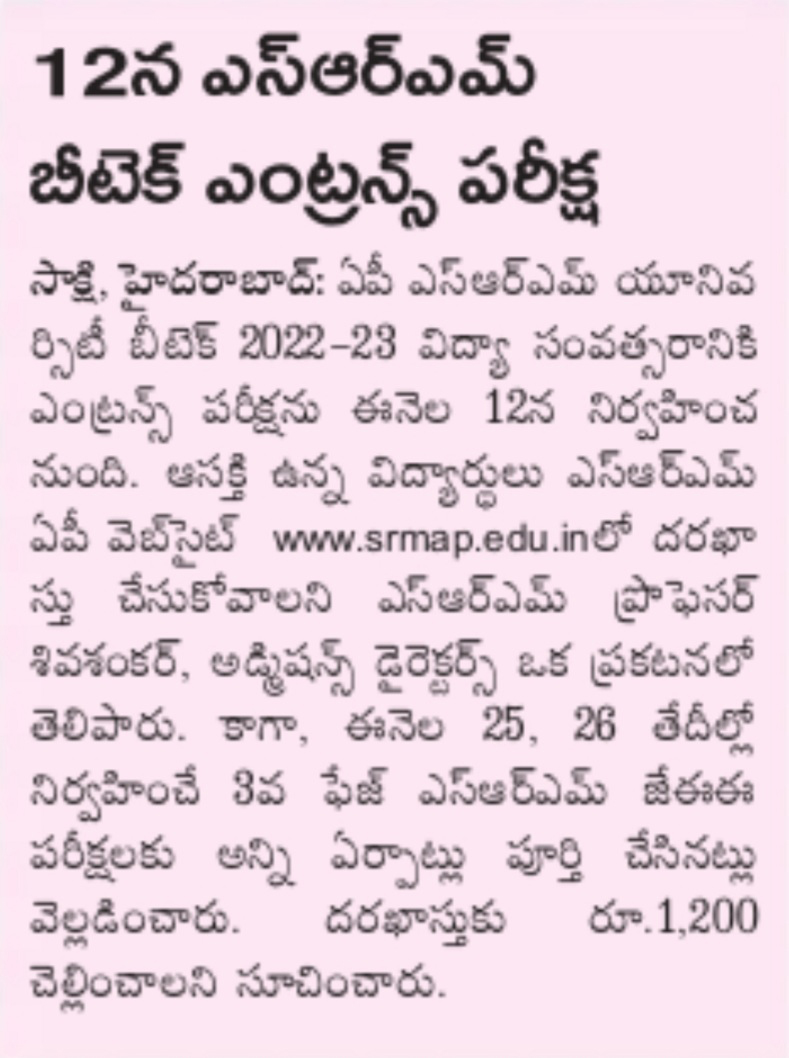- Reverse carry select adder and graphene-based field-effect transistor July 5, 2022
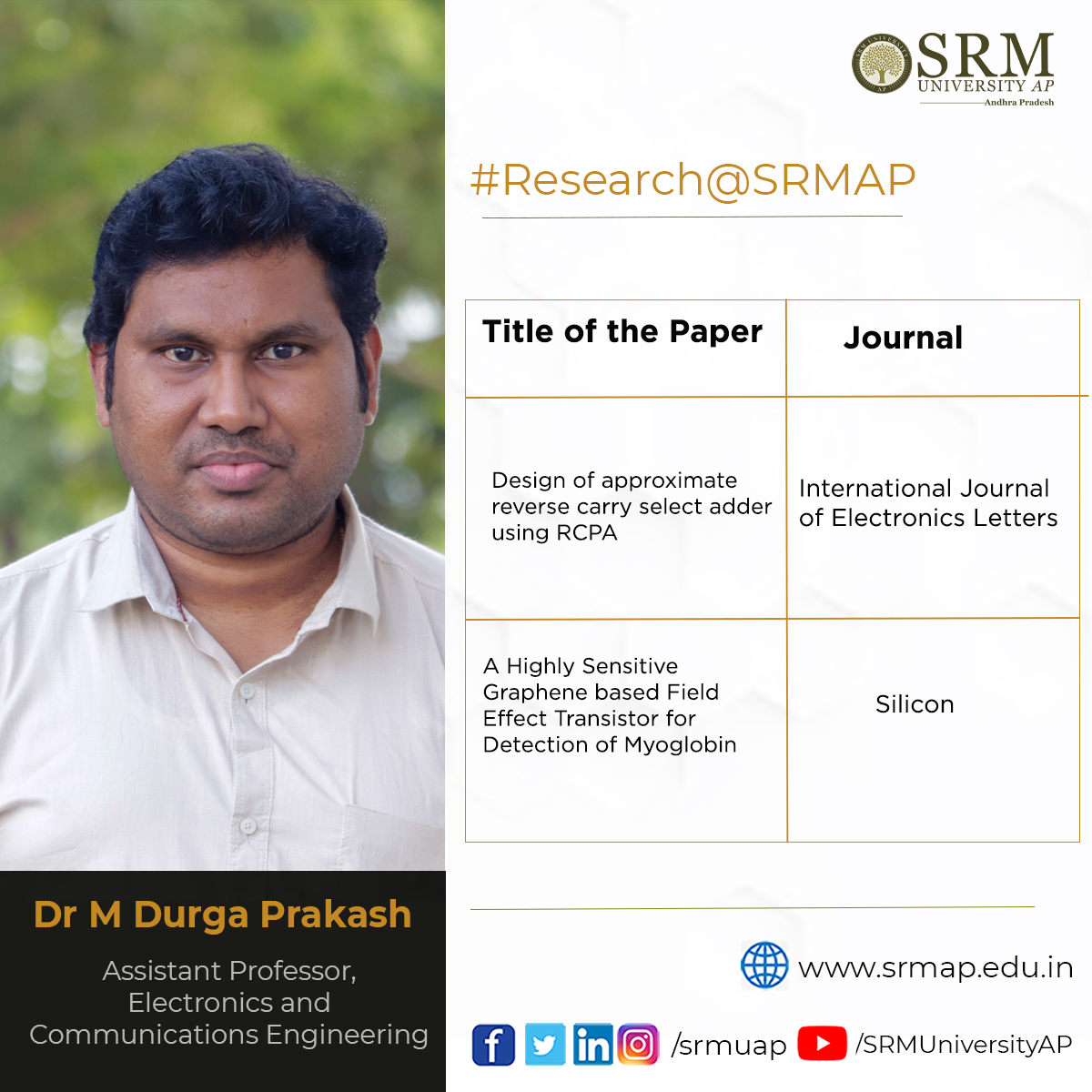 By publishing two papers in well-acclaimed research journals, Assistant Professor Dr M Durga Prakash of the Department of Electronics and Communication Engineering is expanding the possibilities of his research domain through innovative ideas. The first paper was published in the International Journal of Electronics Letters, an internationally renowned peer-reviewed rapid communication journal. It is titled Design of approximate reverse carry select adder using RCPA and has an impact factor of 1.5.
By publishing two papers in well-acclaimed research journals, Assistant Professor Dr M Durga Prakash of the Department of Electronics and Communication Engineering is expanding the possibilities of his research domain through innovative ideas. The first paper was published in the International Journal of Electronics Letters, an internationally renowned peer-reviewed rapid communication journal. It is titled Design of approximate reverse carry select adder using RCPA and has an impact factor of 1.5.Abstract
An approximate carry select adder (CSLA) with reverse carry propagation (RCSLA) is shown in this work. This RCSLA was designed with a reverse carry propagate full adder (RCPFA). In the RCPFA structure, the carry signal propagates in the reverse direction, that is, from MSB part to LSB part, then the carry input has greater importance compared to the output carry. Three types of implementations were designed in RCPFA based on the design parameters. This method was applied to RCA & CSLA to design other types of approximate adders. These designs and simulations were done in CADENCE Software tool with 45 nm COMS technology. The design parameters of the three CSLA implementations with RCPFA are compared with the existing CSLA adders.
The other paper, A highly sensitive graphene-based field-effect transistor for detection of myoglobin, has been published in the Silicon Journal, an international and interdisciplinary journal, with an impact factor of 2.67.
Abstract
Biomedical applications adapt Nanotechnology-based transistors as a key component in the biosensors for diagnosing life-threatening diseases like Covid-19, Acute Myocardial Infarction (AMI), etc. The proposed work introduces a new biosensor, based on the Graphene Field Effect Transistor (GFET), which is used in the diagnosis of Myoglobin (Mb) in human blood. Graphene-based biosensors are faster, more precise, stronger, and more trustworthy. A GFET is created in this study for the detection of myoglobin biomarker at various low concentrations. Because graphene is sensitive to a variety of biomarker materials, it can be employed as a gate material. When constructed Graphene FET is applied to myoglobin antigens, it has a significant response. The detection level for myoglobin is roughly 30 fg/ml, which is quite high. The electrical behaviour of the GFET-based biosensor in detecting myoglobin marker is ideal for Lab-on-Chip platforms and Cardiac Point-of-Care Diagnosis.
Continue reading → - 100% Erasmus Mundus Scholarship and MS opportunities in Europe July 5, 2022
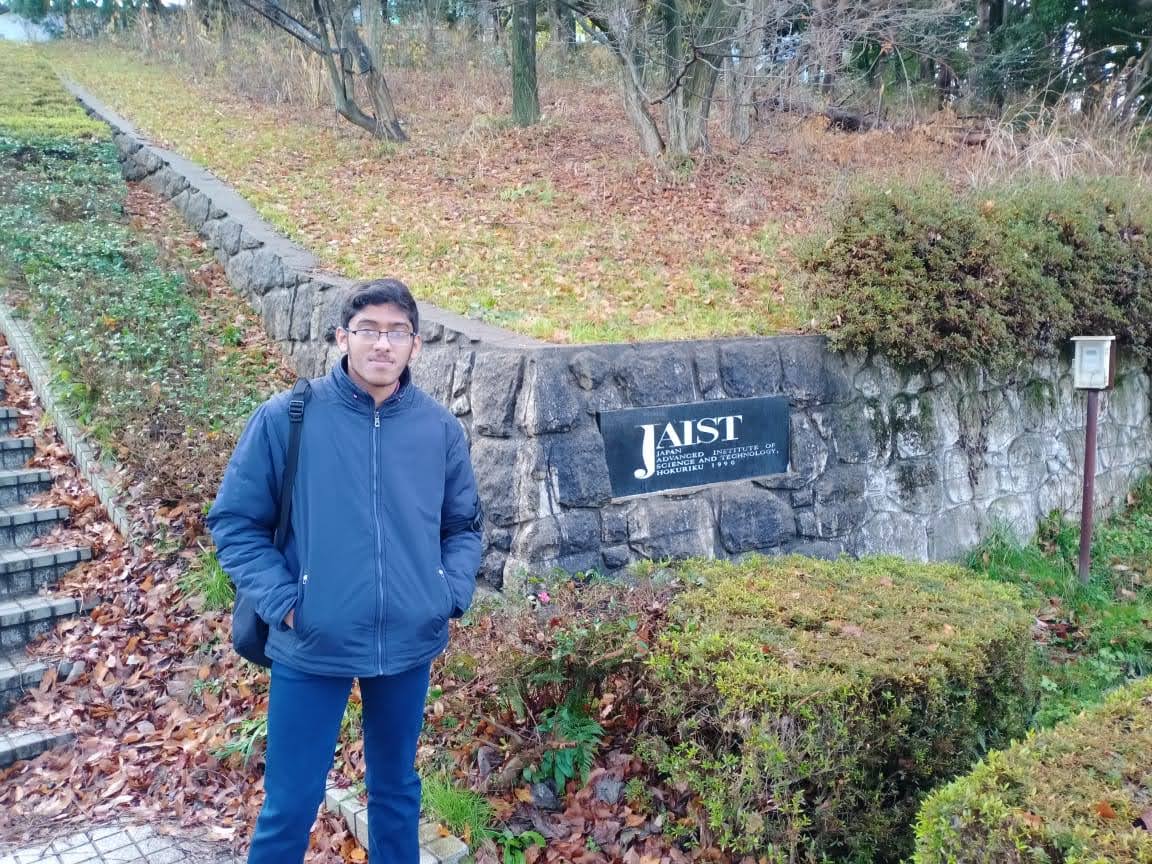 SRM University-AP has numerous success stories and student accomplishments to share with the world. What makes the story of Bennet Benny different is the magnitude of his winning and the miles he has crossed after setting foot to achieve his dreams. He has secured the much-coveted Erasmus Mundus Joint Masters Scholarship with a whopping sum of € 33,600 for two years. With the 100% EMJM scholarship, he can now pursue QuanTEEM Master’s across four different universities, each semester in one of these universities:
SRM University-AP has numerous success stories and student accomplishments to share with the world. What makes the story of Bennet Benny different is the magnitude of his winning and the miles he has crossed after setting foot to achieve his dreams. He has secured the much-coveted Erasmus Mundus Joint Masters Scholarship with a whopping sum of € 33,600 for two years. With the 100% EMJM scholarship, he can now pursue QuanTEEM Master’s across four different universities, each semester in one of these universities:University Bourgogne Franche-Comté (France)
Technische Universität Kaiserslautern (Germany)
Aarhus University (Denmark)
Moskovskiy Fiziko-Tekhnicheskiy Institut (Russia)Internship at JAIST, Japan -2019
Like every other student, Bennet joined the Bachelor’s degree programme at the Department of Physics in 2018 with an irrepressible desire to dive into the depths of Physics. His undying passion for grasping the subject’s nuances is an influential lesson for all students to emulate. When he was in the second year of his graduate studies, Bennet won the Sakura Science Internship under the supervision of Prof. Ryo Maezono at JAIST, Japan. The internship was funded by the Japan Science and Technology Agency (JST), a government funding agency. For him, this was an excellent opportunity to learn more deeply about quantum mechanics. It also helped him raise his awareness of computational physics, its advantages, uses and the latest research around it.
“I was able to interact with many international scholars and researchers at the Japan Advanced Institute of Science and Technology. It helped me learn about the various ways through which I could fund my higher education. Therefore, after returning to SRM University-AP, I could work in the necessary direction to build my profile accordingly.” Bennet remarked. The enormous lessons he learned there helped him publish a research paper under the guidance of Prof Ranjit Thapa and his PhD students in the Computational Physics laboratory. “The Department of Physics has always motivated me to reach greater heights”, he added.
NTU-India Connect Research Programme 2022
Bennet has also proved his mettle by securing yet another internship opportunity as part of the NTU-India Connect Research Programme 2022. He was selected to spend a semester (Spring term) at NTU, Singapore with a full fellowship during the final year of graduation. As a young researcher, he has gained immense exposure and experience in such a short period giving him a competitive edge to move further in the direction of his dreams. “It has always been my dream to pursue a research career in Physics”, he asserted.
Looking Forward to QuanTEEM Master’s
The QuanTEEM Master’s programme is based on Quantum technologies and provides an excellent opportunity to build a research network in multiple countries in the European Union. He aspires to gain a deeper understanding of quantum mechanics and wishes to use the knowledge to improve our civilisation. In the words of Bennet, “We should never let the fear of failure deter us from trying. I feel that to reach our best potential; we need to face the challenges in life rather than be disheartened by them. Hence, I would encourage my fellow students never to hesitate to seek new opportunities.”
Continue reading → - SRM AP Conducts Blood Donation Camp July 4, 2022
The-Hindu – June 21
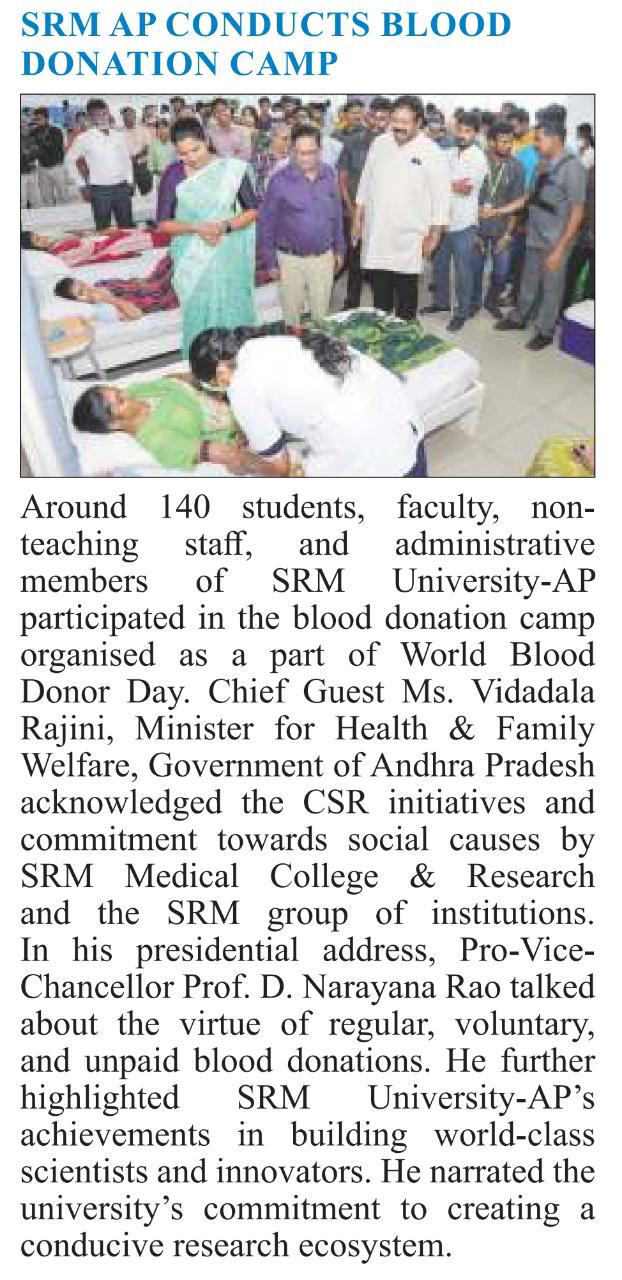
Financial-Expresss – June 17
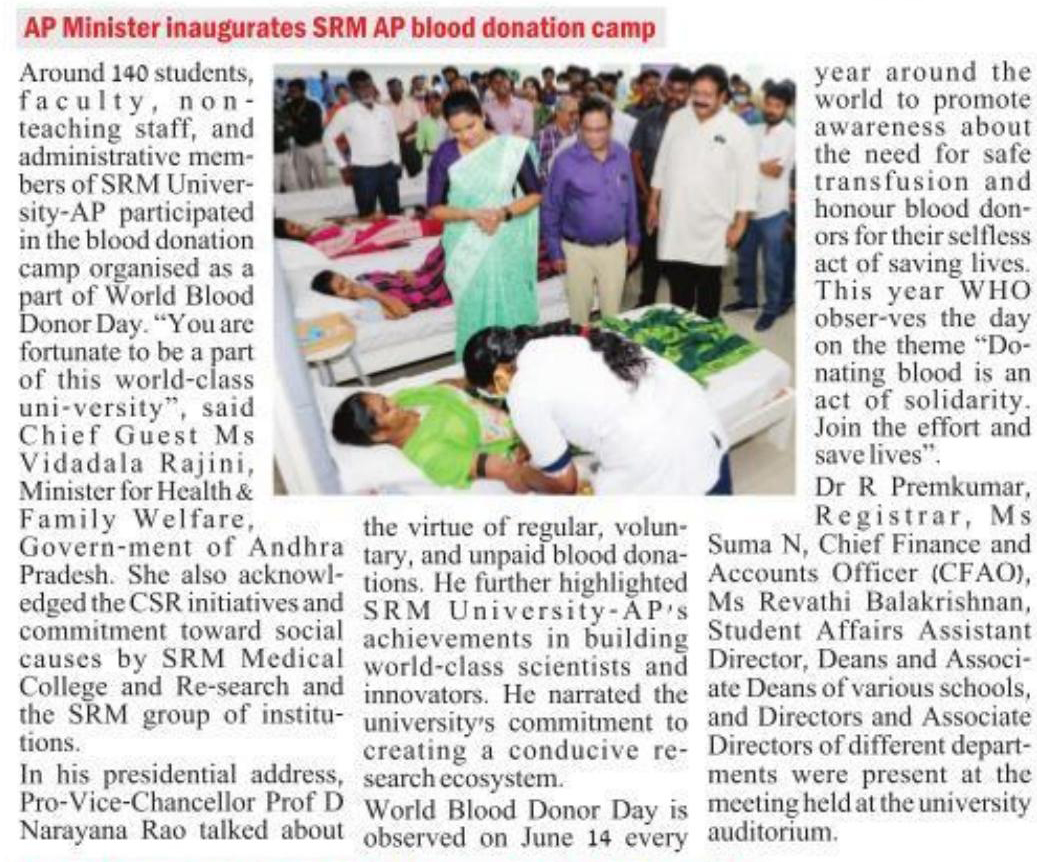
The-Hindu – June 16
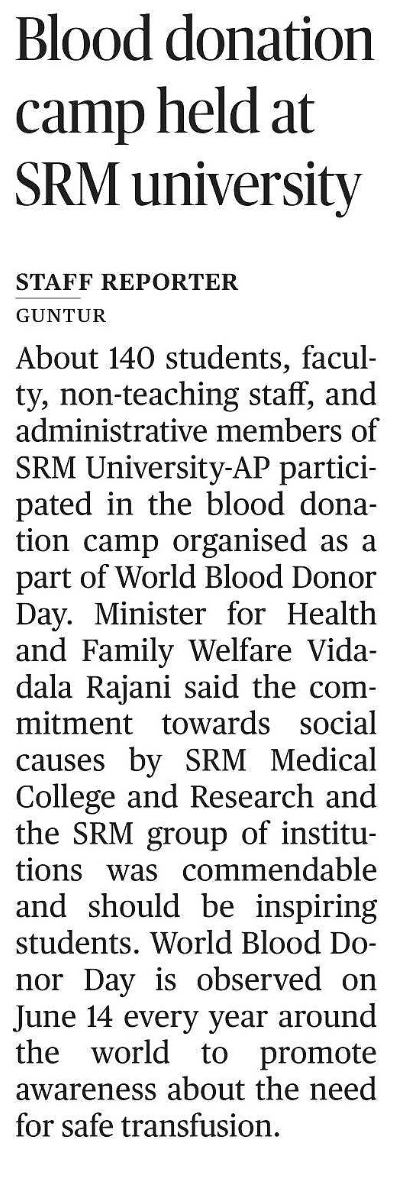
New-Indian-Express – June 15
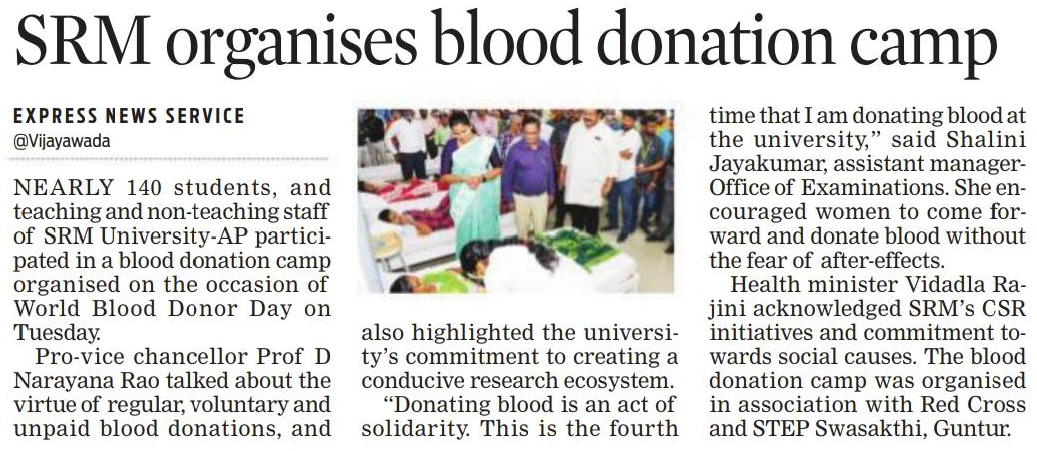
Deccan-Chronicle – June 15
Continue reading →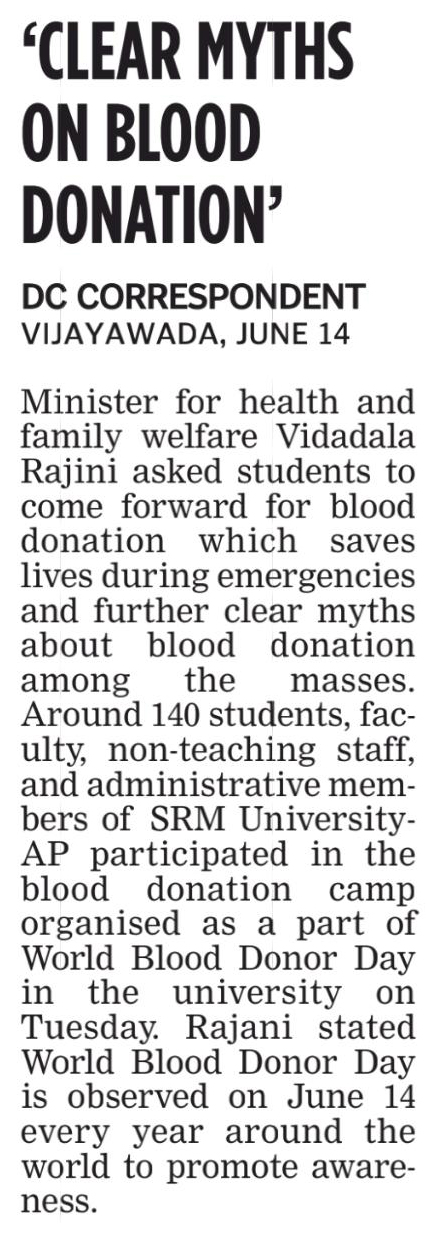
- Dr Koyel Chakravarty July 4, 2022
- SRMAP B tech Entrance Test on June 12 July 4, 2022
Chronicle – June 09
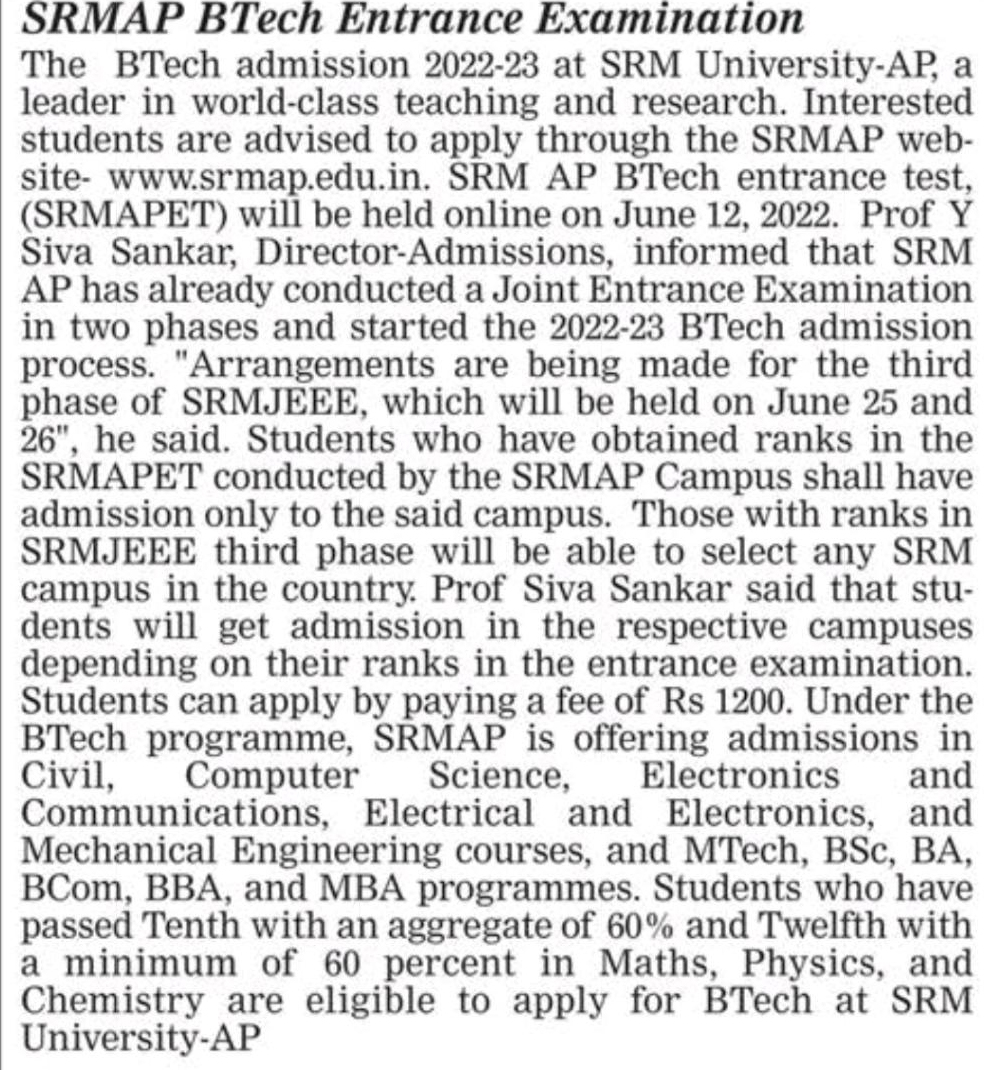
Daily-Kesari – June 08

New-Indian-Express – June 06
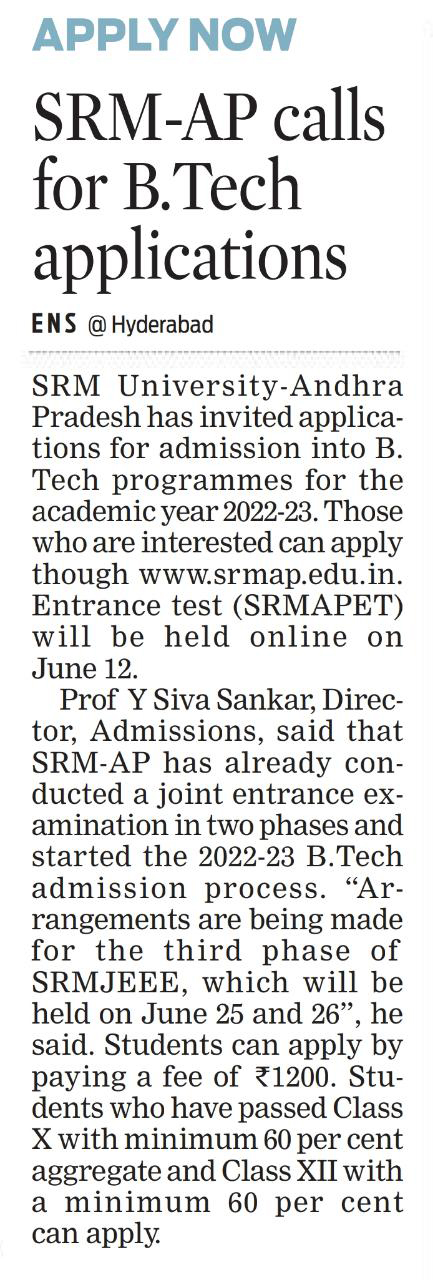
The-Hindu – June 05
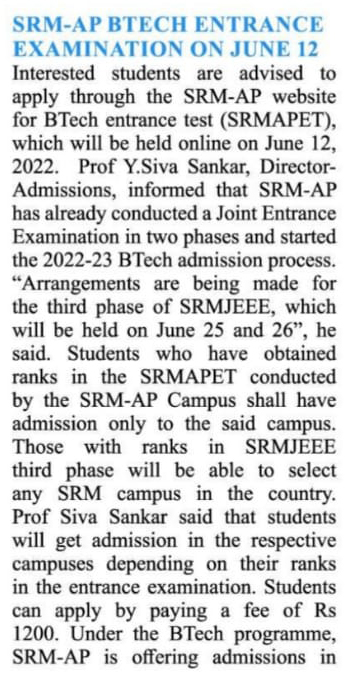
Hans-India – June 04
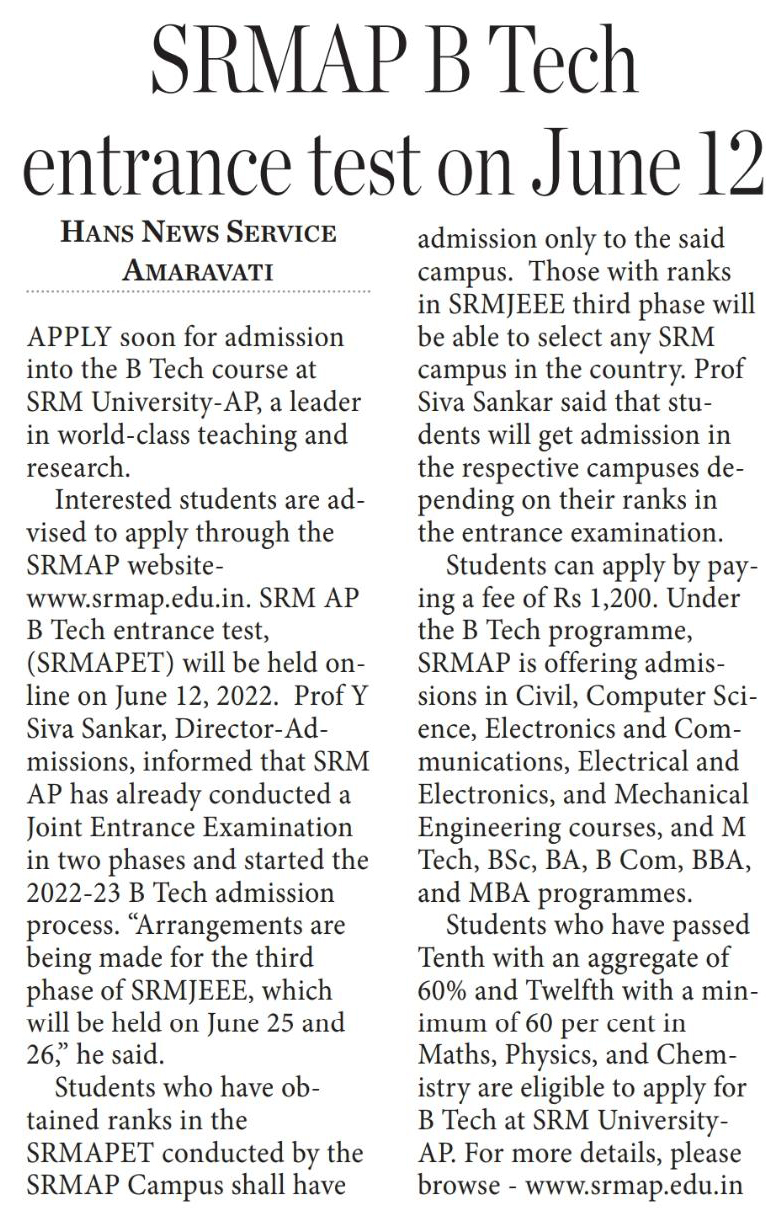
Sakshi – June 04
Continue reading →